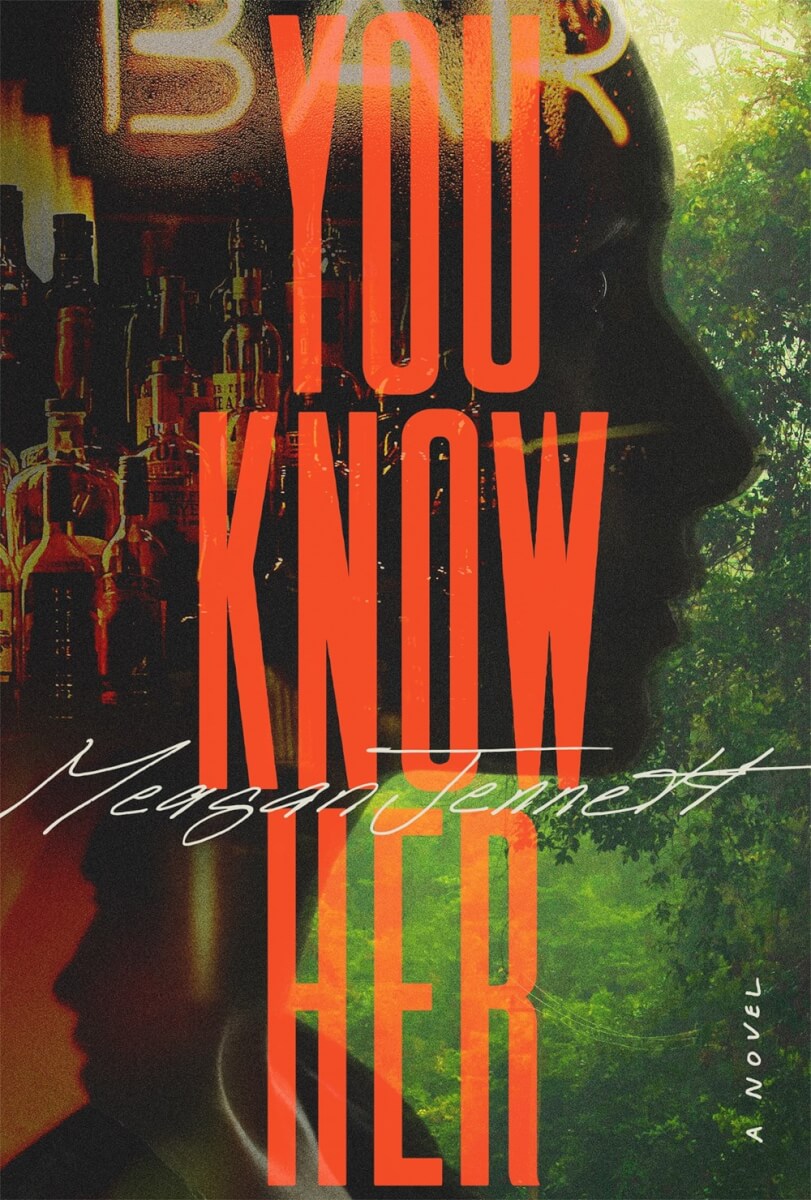Gone Girl author Gillian Flynn’s eponymous new imprint gets off to a roaring start with acclaimed poet and editor Margot Douaihy’s debut mystery, Scorched Grace. Set in New Orleans, Scorched Grace follows Sister Holiday, a former punk rocker who investigates an arson spree that threatens her community. The endlessly fascinating character represents everything Douaihy loves about hard-boiled mysteries—and how they can move forward into a more complex and diverse future.
Mysteries are my enduring passions—and vital instruments of expression. As a closeted queer woman growing up in the scrappy city of Scranton, Pennsylvania, I made myself small. Searching for headstrong characters in books and on TV felt much safer than getting to know myself.
I tore through detective stories and I watched every PBS “Mystery!” program. Hercule Poirot, Miss Marple and Sherlock Holmes were my North Stars—their certainty and ratiocination soothed me. Jessica Fletcher introduced me to the American cozy mystery and the fine art of meddling! But Raymond Chandler’s private investigator Philip Marlowe was my favorite fictional sleuth.
Chandler’s devil-may-care brio and unsentimental yet poetic barbs were my playground. The voice-driven experience and gritty tone of his hard-boiled mysteries seduced me. My favorite PI characters bent the law when needed, collapsing the binary of criminality and justice. I hated Marlowe’s misogyny and dangerous stereotyping, but I was inspired by the opportunities for subtextual engagement. This thematic richness married with the pulse-pounding thrill of a murder mystery was too delicious to ignore. I turned my lifelong interests in mysteries, queer theory and nuanced female characterization into a creative praxis. The result is Sister Holiday, the unexpected sleuth and sardonic narrator of Scorched Grace.
In a reversal of the wiseguy archetype, my hard-nosed, hard-boiled sleuth is a 33-year-old, tatted-up nun who, as she tries to smoke out an arsonist, interrogates herself and her own imbricated identities. Sister Holiday is a budding detective who will one day take permanent vows with the Sisters of the Sublime Blood. If that seems like a wild dialectic, it should. Genre is a stable yet fluid space that invites the new into the familiar.
Read our starred review of ‘Scorched Grace’ by Margot Douaihy.
In The Long Goodbye, PI Marlowe describes himself as “a lone wolf, unmarried, getting middle-aged, and not rich. . . . I like liquor and women and chess and a few other things.” Sister Holiday is also a lone wolf, of a kind; an out queer woman when she lived in Brooklyn, she has since taken a provisional vow of celibacy as a novice nun in her New Orleans convent. But she still considers herself to be “extremely gay.” Sister Holiday is devout and unapologetically punk and queer. The more diversity we can bring to genre, the better. As Chimamanda Ngozi Adichie observed, there is real danger in the illusion of a “single story.”
In her trenchant Crime Reads essay “The Unspoken Criminality of the Female PI,” Emily Edwards observes how canonical femmes of early PI stories “were fatales or Fridays, honeytraps or helpers. Rarely the sleuth in charge.” In my contribution to the genre, I wanted to join other feminist PI writers by giving Sister Holiday both decision-making agency and magnetism, with high camp and dark humor adding contours. She leverages her alterity and viewpoint to make surprising syntheses, connect disparate clues and take unconventional approaches.
A transgressive character needs transgressive interiority and exteriority. I used the cadence of prayers and song lyrics to blur clues, observations and memories in Sister Holiday’s narration. This let me seed red herrings and (re)direct the reader’s attention, fundamental elements of sleight of hand. With Holiday’s gold tooth and concealed tattoos, I tried to present the protagonist as a mysterious text herself, a code to be deciphered. My goal was to write a character that surprises herself and the reader, keeping everyone guessing until the very end.
Picture of Margot Douaihy by Chattman Photography.






















































